Are you a preservation professional who is skilled at collaboration, outreach, and technical assistance? Then we want to hear from you!
The Position
The Pennsylvania State Historic Preservation Office (PA SHPO) is seeking a historic preservation specialist to work as the Eastern Pennsylvania Community Preservation Coordinator. This position is based out of PHMC’s Hope Lodge in Fort Washington, Montgomery County.
Responsibilities include working with PA SHPO staff and partners to provide technical assistance with municipal preservation programs across a defined region, working with the Certified Local Government program, and coordinating updates of SHPO’s preservation planning guidance.
Description of Work
The Eastern PA Community Preservation Coordinator is responsible for a comprehensive range of technical assistance including delivery of the PA State Historic Preservation Office’s (PA SHPO) programs within a defined region.
This position regularly collaborates with state and regional partners as well as provides guidance and training to municipalities and local organizations. The Coordinator also has responsibilities under the SHPO PennDOT work plan.
Interested in learning more? Additional details regarding this position can be found in the position description.
Required Experience, Training & Eligibility
Two or more years of experience working on an architectural survey, an architectural restoration and preservation project or program, and a bachelor’s degree in architectural history, American history, art history, or course work in Pennsylvania history; or
Any equivalent combination of experience and training.
Additional Requirements:
- Meet or exceed the Secretary of the Interior’s Professional Qualification Standards, published in the Code of Federal Regulations, 36 CFR Part 61
- Demonstrate experience in determining the eligibility of resources for listing in the National Register of Historic Places
- Demonstrate excellent ability working with a team of individuals and independently
- Experience in outreach and public speaking
- Demonstrable experience interpreting and applying National Park Service guidance and the Secretary of the Interior’s Standards for the Treatment of Historic Properties
Preferred Qualifications (not required):
Excellent computer and word processing skills using MS Office products and data management systems such as SHPO’s PA-SHARE.
The Commonwealth is an equal employment opportunity employer and is committed to a diverse workforce. The Commonwealth values inclusion as we seek to recruit, develop, and retain the most qualified people to serve the citizens of Pennsylvania. The Commonwealth does not discriminate on the basis of race, color, religious creed, ancestry, union membership, age, gender, sexual orientation, gender identity or expression, national origin, AIDS or HIV status, disability, or any other categories protected by applicable federal or state law. All diverse candidates are encouraged to apply.
Telework
Telework eligible (part-time): You will have the opportunity to work from home (telework) not to exceed 3 days a week. Specific days will be determined by bureau directors according to bureau needs. In order to telework, you must have a securely configured high-speed internet connection. If you are unable to telework, you will have the option to report to the headquarters office in Fort Washington or Harrisburg.
APPLY BY 12/02/2021 11:59 PM Eastern.
External applicants: For complete position description, salary and benefits information, and to apply, visit: https://www.governmentjobs.com/careers/pabureau/jobs/3307258/eastern-pennsylvania-community-preservation-coordinator?keywords=eastern&pagetype=jobOpportunitiesJobs.
Internal (CWOPA) applicants: For complete position description, salary and benefits information, and to apply, visit: https://www.governmentjobs.com/careers/pabureau/jobs/3309532/eastern-pennsylvania-community-preservation-coordinator?keywords=eastern&pagetype=promotionalJobs.
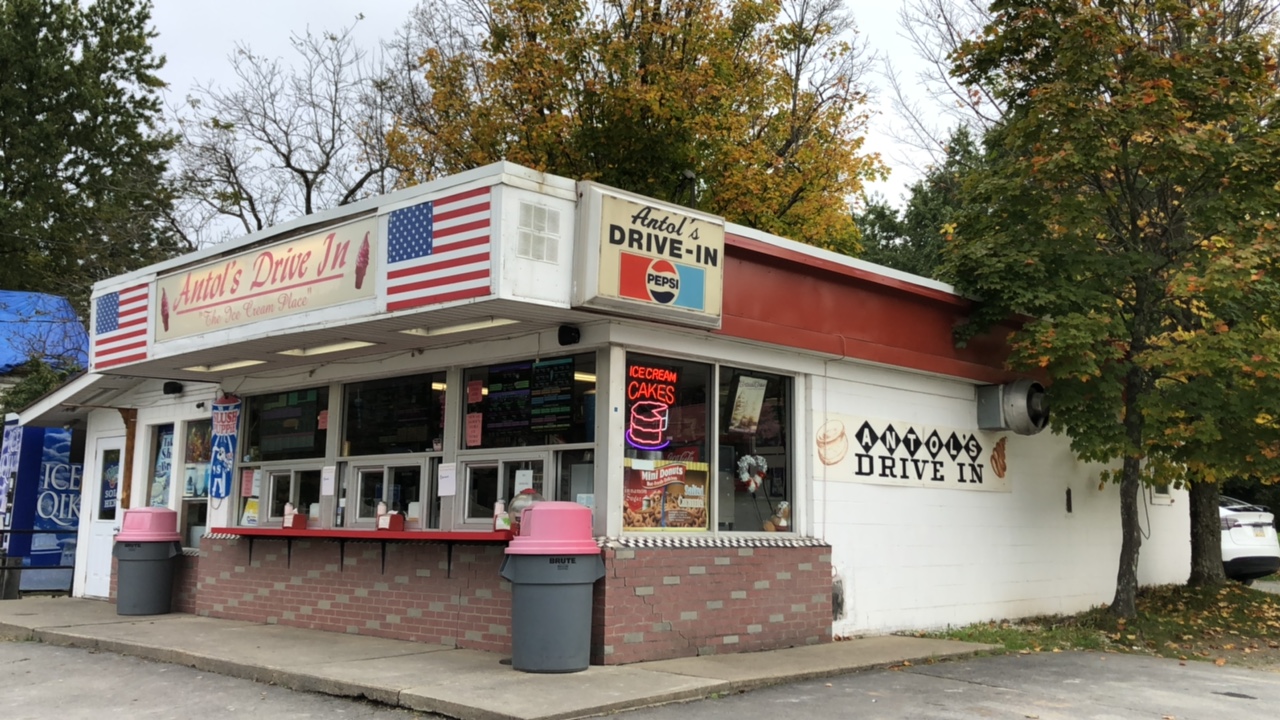
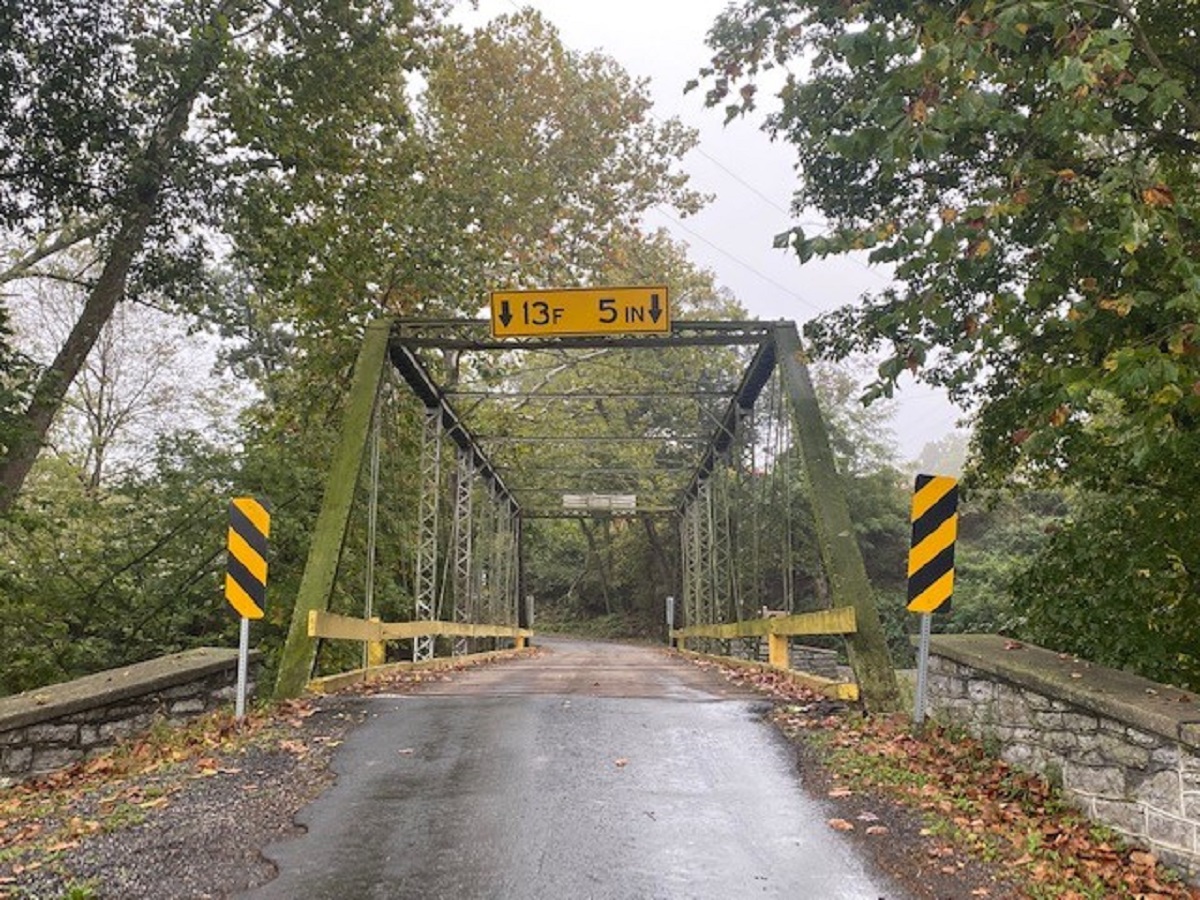
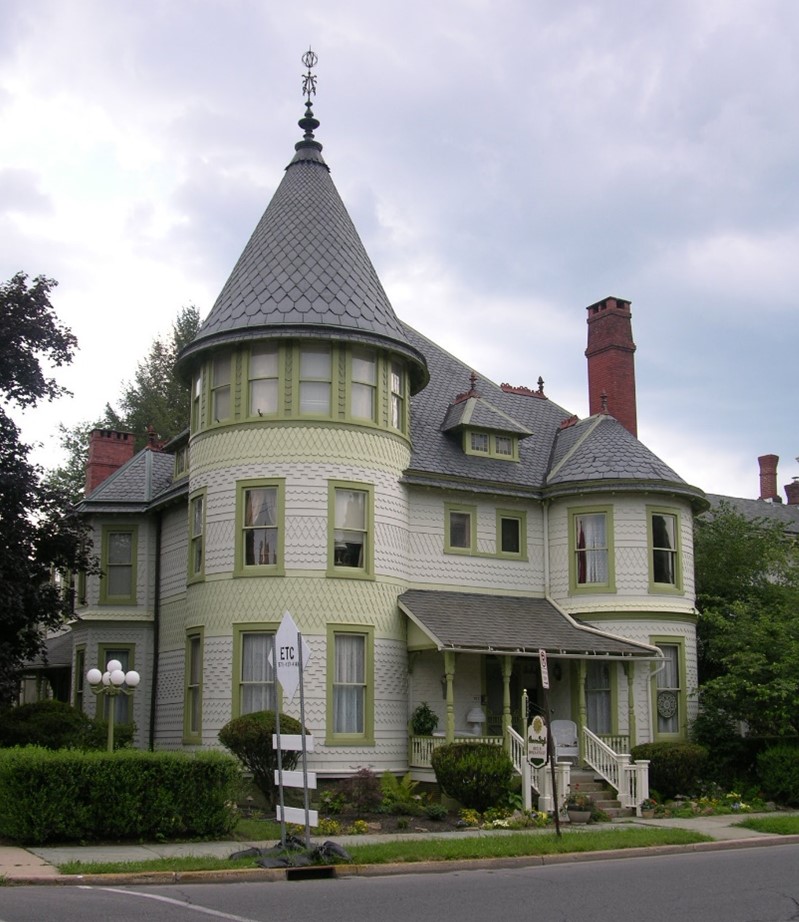
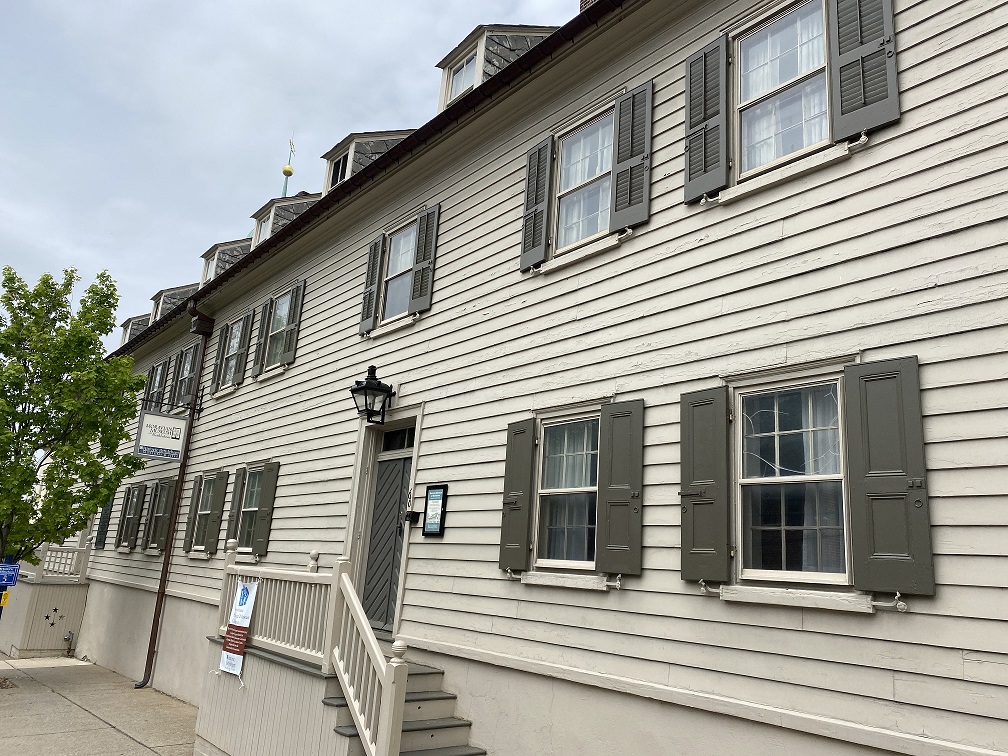
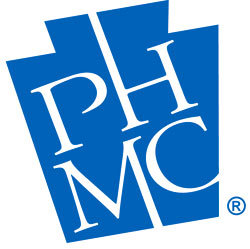
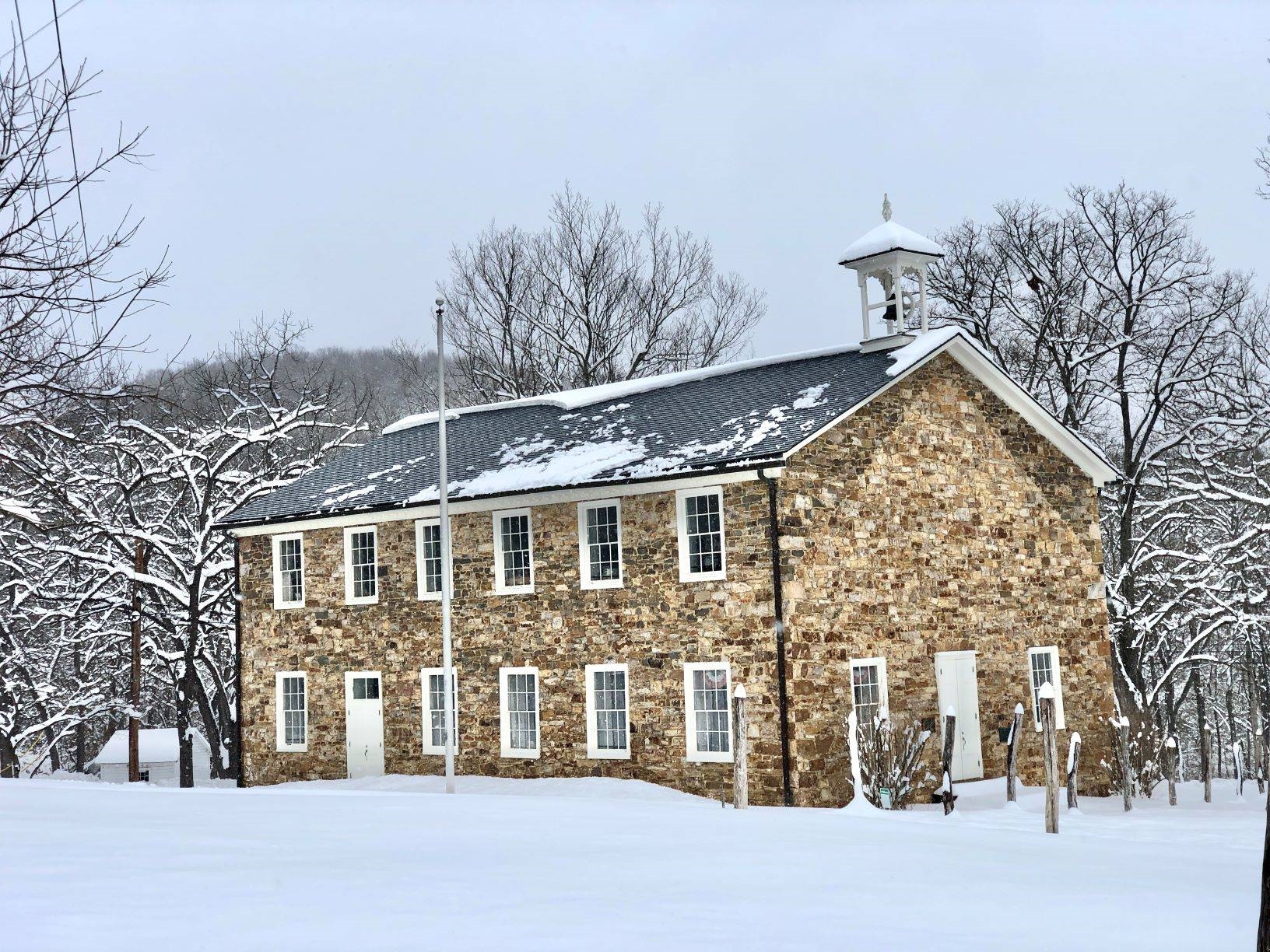

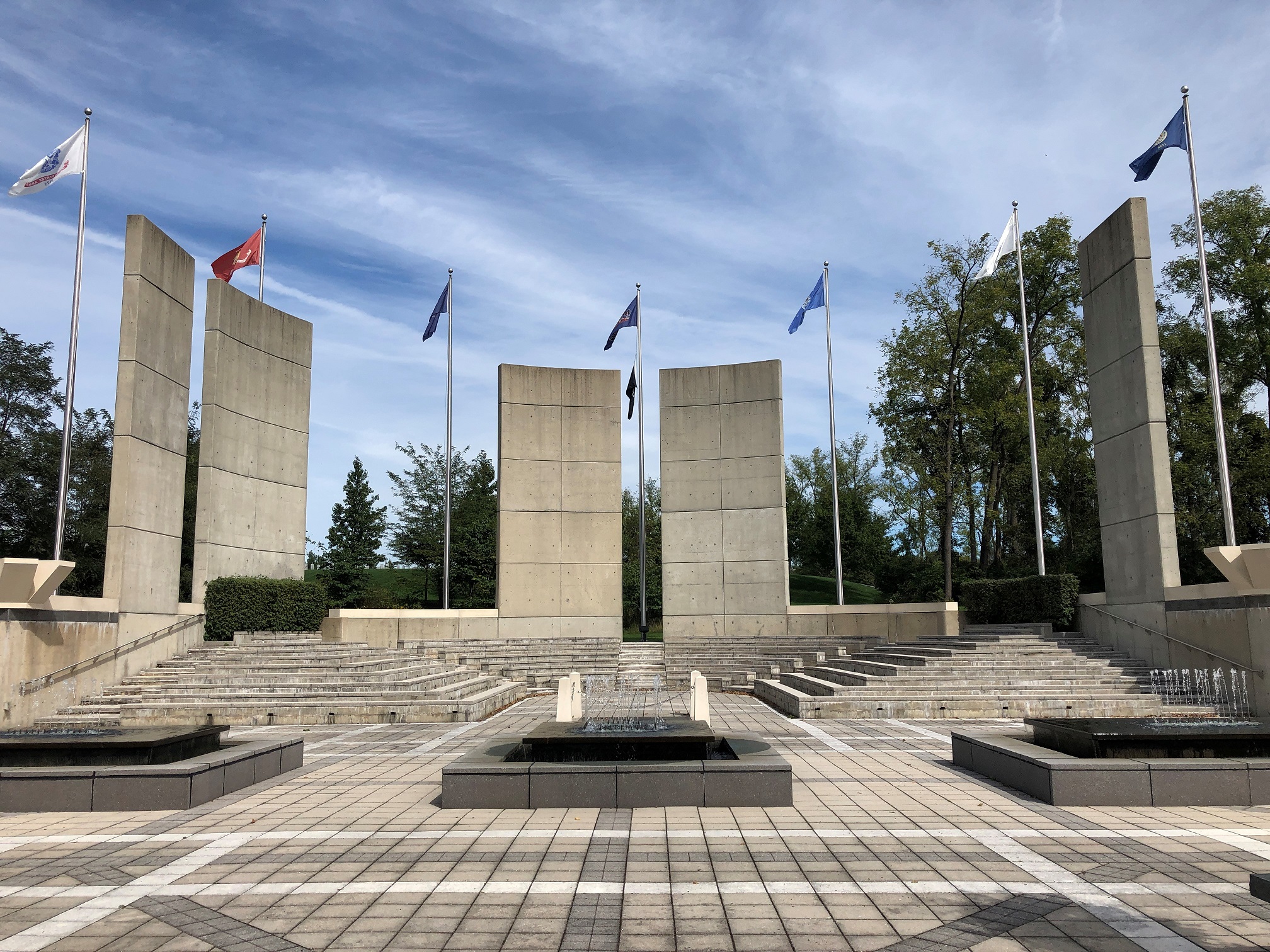
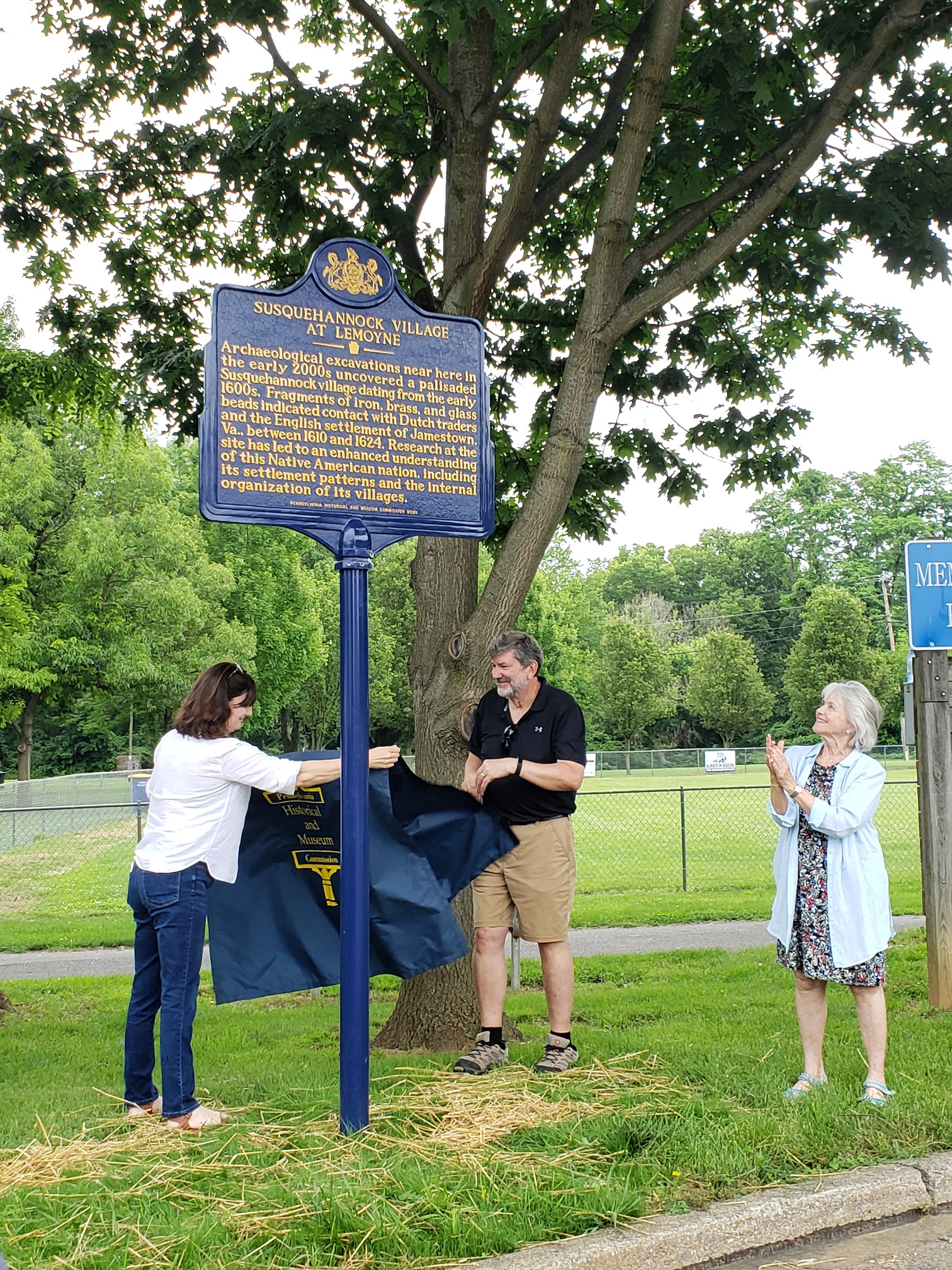
Recent Comments